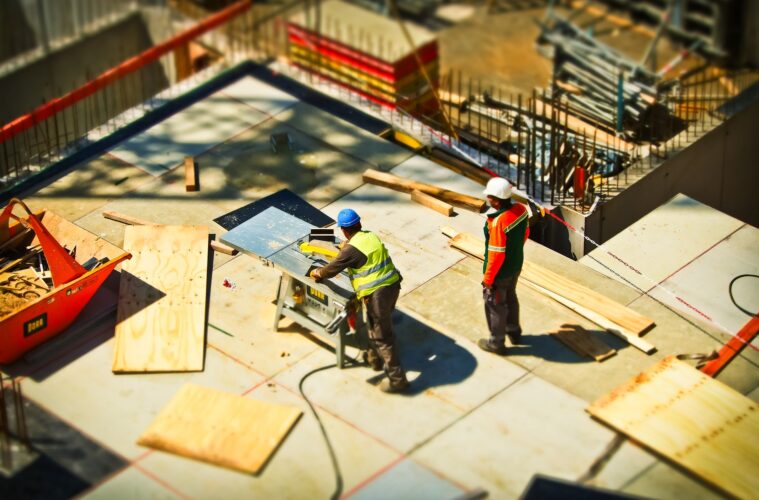It’s no secret that construction sites can be pretty wasteful. Materials are almost always over-ordered to make up for mistakes, damaged goods, things arriving late, or sometimes not at all. Good news, however, because many commonly used building materials can be recycled, you just need to know a few things in order to make sure the correct supplies get to the correct place.
What can be recycled?
Asphalt, concrete, and rubble can easily be recycled into aggregate, new asphalt, or concrete products. Wood can be composted, mulched, or upcycled into different projects like furniture or simply reused as building materials. Metals are the most valuable because of their versatility. The easiest material to recycle is cardboard because you can just recycle it with your household goods. That means all of the packaging that your nails, screws, and similar objects come in can have a whole new life. Other recyclable materials include plastic, topsoil, and paint.
Something else to keep in mind is proper disposal of hazardous materials, especially if your site had to be demolished. Anything containing mercury or PCBs like fluorescent lights and lamps, anything used in refrigeration or air conditioning equipment, batteries, and anything containing lead should be disposed of through the proper channels. Be sure to check the requirements for disposal in your area to get the specifics.
Setting yourself up for success
The most efficient way to get started on the right foot is to start your project with the end in mind. Keeping track of the materials you order is just as important as making sure all the leftovers end up where they need to go. You might even be able to save a little money by buying recycled products yourself, sending the leftovers back into the world to be used elsewhere. Every little bit helps to keep perfectly good materials out of the landfill.
Why recycle?
Obviously, everything that isn’t reused or repurposed in some way eventually ends up in a landfill. There is a finite amount of space on the planet, and they aren’t making any more land so it’s up to us to manage our waste. Construction and demolition leftovers aren’t just reused in the same field, they can go on to other places like roadways and playgrounds, sent to factories to be processed and used in toys, household goods, wiring, or in the automotive industry. Recycling helps everyone in more ways than any one person can know.
With proper research and effort recycling your leftover and unwanted construction materials can be just as easy, if not easier than simply throwing them away. It may seem daunting, but working with a waste removal service is easier than you may think. They typically provide the containers if you want to load them yourself, offer things like site clean up and of course, recycling as well as offer other services like compacting.

